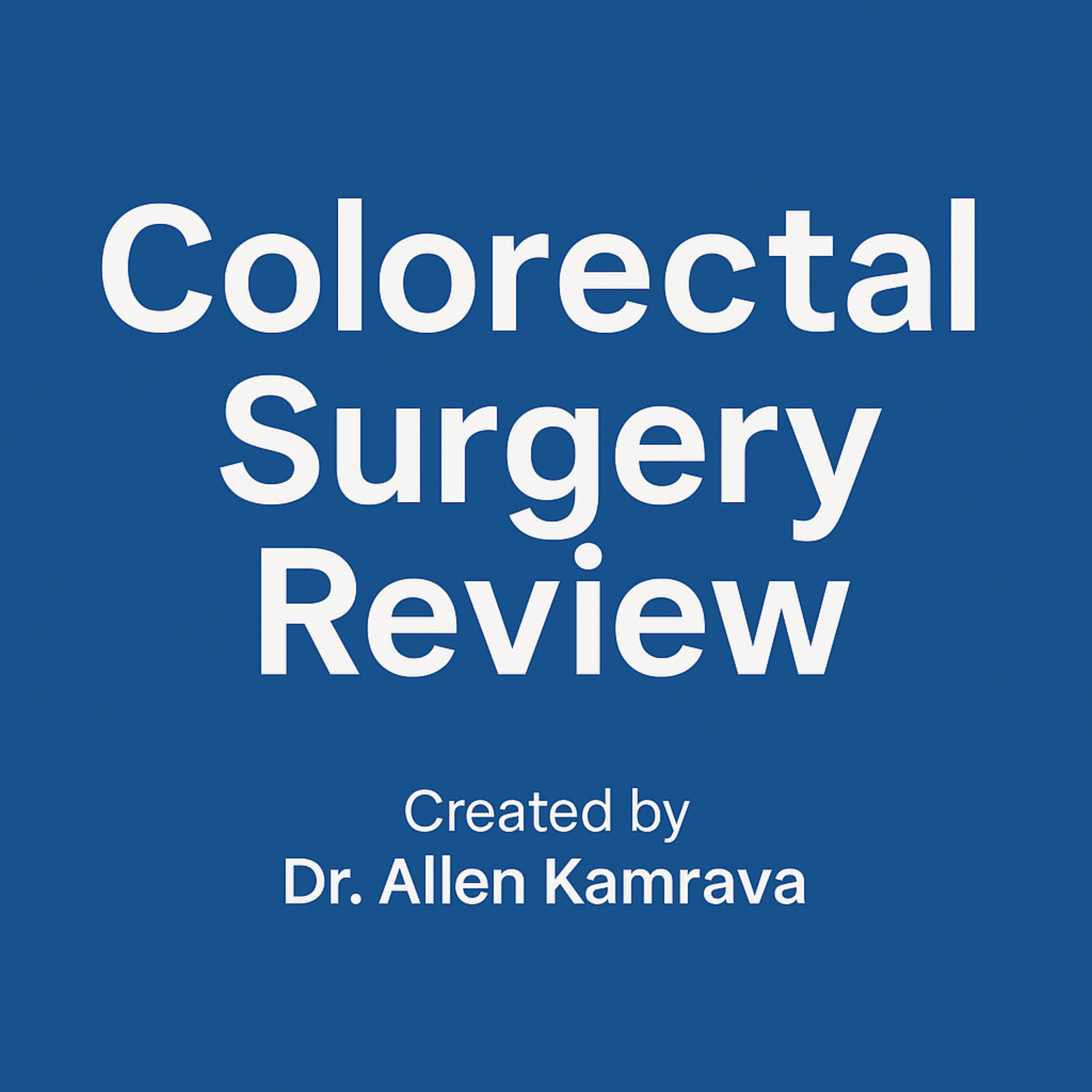
In this episode, we explore the physiology of the colon — a vital but often misunderstood organ. Beginning with embryology, we review how the colon and rectum develop from the primitive gut, including the rotations of the midgut and the complex differentiation of the cloaca. These processes explain congenital anomalies such as malrotation, Hirschsprung’s disease, and anorectal malformations.We then move to anatomy and function. The colonic wall contains four distinct layers — mucosa, submucosa, muscularis propria, and serosa — with specialized epithelial cells including enterocytes, goblet cells, and neuroendocrine cells. Stem cells at the crypt base continually regenerate the mucosa, balancing absorption and secretion.The epithelium plays a critical role in electrolyte and water balance. Sodium absorption and potassium secretion are tightly regulated, influenced by hormones such as aldosterone, while chloride and bicarbonate exchange underlies many diarrheal disorders. Pathophysiologic states such as infectious diarrhea, Clostridium difficile colitis, and inflammatory bowel disease disrupt these transport systems, with clinical consequences ranging from dehydration to metabolic acidosis.Short-chain fatty acids, particularly butyrate, are highlighted as key energy sources for colonocytes. These microbial metabolites not only support epithelial health but also influence immune regulation and wound healing, with implications in colitis and colorectal cancer prevention. The colon also absorbs vitamin K, produced both by diet and by resident microbiota, reinforcing the intimate relationship between host physiology and bacterial metabolism.We next examine innervation and motility. The colon is regulated by both extrinsic autonomic pathways and intrinsic enteric plexuses. Interstitial cells of Cajal act as pacemakers for motility. Propulsive activity ranges from segmental contractions to high-amplitude propagated contractions, the latter driving mass movements associated with defecation. Neuromodulators such as acetylcholine, nitric oxide, serotonin, and opioids influence tone and peristalsis, explaining therapeutic targets for constipation and irritable bowel syndrome.Colonic motility integrates with continence mechanisms. The rectoanal inhibitory reflex, sphincteric control, and pelvic floor function determine whether defecation is postponed or allowed, emphasizing the complex neuromuscular choreography that underpins bowel function.Finally, we turn to the microbiome. Housing more than 100 trillion bacteria, the colon is both shaped by and dependent on its microbial community. These organisms generate metabolites, modulate immunity, and influence disease states including IBS, IBD, and colorectal cancer. We also discuss the impact of antibiotics, probiotics, and prebiotics on microbial balance and clinical outcomes.By the end of this review, listeners will understand the colon not only as an absorptive and motile organ, but as a dynamic system whose physiology is inseparable from its development, innervation, and microbial ecology. This foundation is essential for approaching both common and complex pathologies encountered in colorectal surgery.
No persons identified in this episode.
This episode hasn't been transcribed yet
Help us prioritize this episode for transcription by upvoting it.
Popular episodes get transcribed faster
Other recent transcribed episodes
Transcribed and ready to explore now
3ª PARTE | 17 DIC 2025 | EL PARTIDAZO DE COPE
01 Jan 1970
El Partidazo de COPE
13:00H | 21 DIC 2025 | Fin de Semana
01 Jan 1970
Fin de Semana
12:00H | 21 DIC 2025 | Fin de Semana
01 Jan 1970
Fin de Semana
10:00H | 21 DIC 2025 | Fin de Semana
01 Jan 1970
Fin de Semana
13:00H | 20 DIC 2025 | Fin de Semana
01 Jan 1970
Fin de Semana
12:00H | 20 DIC 2025 | Fin de Semana
01 Jan 1970
Fin de Semana